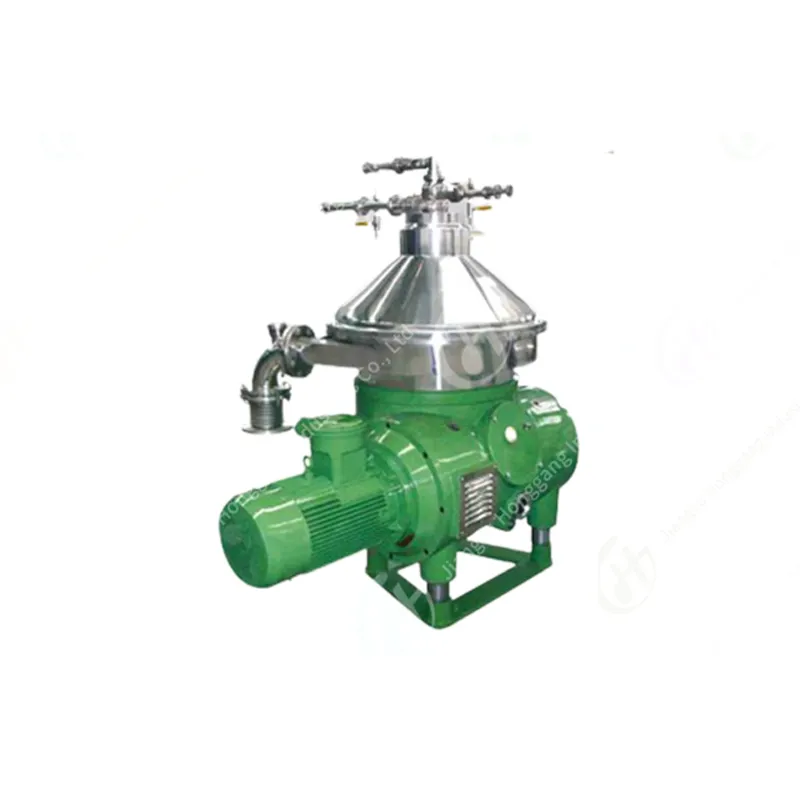Wood Pellets for Power Generation and Heating: What’s the Difference?
2025-04-11
Wood Pellets for Power Generation and Heating: What’s the Difference?
As the global demand for renewable energy grows, wood pellets, as an environmentally friendly and economical form of energy, are attracting more and more attention from all walks of life. Whether used in power plants or for home heating, wood pellets show great potential. However, many people are confused about the question "are wood pellets for power plant adn for heating different". This article will discuss in detail are wood pellets for power plant adn for heating different, to help everyone better understand their respective application areas and advantages.
Wood pellets: an environmentally friendly energy option
Wood Pellets are a solid fuel produced by compressing wood waste (such as wood chips and sawdust). Due to their high energy density and environmentally friendly properties, wood pellets are widely used worldwide, especially in Europe and North America. As a renewable energy source, wood pellets have significant advantages in reducing carbon emissions.
However, although wood pellets are widely used, there are significant differences in how they are used and to what effect they are used in different areas. Particularly between electricity production and home heating, the uses, technical requirements and economic benefits of wood pellets vary.
1. Characteristics of wood pellet power generation
Wood pellet power generation mainly involves burning wood pellets in a boiler in a wood pellet plant to generate steam to drive a generator to generate electricity. Wood pellet power generation typically relies on large boiler systems that process large quantities of wood pellets. Unlike traditional coal-fired power generation, wood pellet power generation has lower carbon dioxide emissions and can effectively utilize renewable resources and reduce dependence on fossil fuels.
Combustion efficiency and technical requirements: Wood pellet plant power generation requires higher combustion efficiency and strict technical requirements. To increase the efficiency of power generation, advanced boiler technology is often required. These boilers can more efficiently convert wood pellets into heat energy and maximize the use of this energy to generate electricity.
Scale and energy output: Wood pellet plant power generation is usually a large-scale industrial application, and the electricity produced is used to supply an entire city or region. Therefore, the amount of wood pellets required is huge, and transportation, storage and other links require more precision to ensure the stability and efficiency of the power generation process.
Environmental advantages: Compared with coal power generation, wood pellet plant power generation emits far less greenhouse gases. Wood pellets are extracted from biomass. The carbon dioxide released after burning biomass can theoretically be reabsorbed through tree planting and other methods, so it is considered a "carbon-neutral" energy source.
2. Characteristics of wood pellet heating
Wood pellet plant heating, often used in homes or small commercial buildings, provides heating by burning wood pellets in a wood pellet boiler or stove. Compared with wood pellet power generation, wood pellet heating is smaller in scale and focuses more on the direct utilization of heat energy.
Equipment scale and technical requirements: The wood pellet plant heating system is relatively simple and usually consists of a small boiler or stove. The technical requirements of these equipment are lower than the boilers used by the wood pellet plant to generate electricity. However, in order to ensure the efficiency of the heating system, it is still necessary to use high-efficiency equipment to ensure the maximum conversion of heat energy.
Energy efficiency: Wood pellet plant heating systems are generally more energy efficient because heat energy can be delivered directly into the room. In contrast, part of the thermal energy in the power generation process is often converted into electricity, and the thermal energy utilization efficiency may be low.
Environmentally friendly: Wood pellet heating is more environmentally friendly than traditional heating systems that use natural gas or coal. The carbon emissions when burning wood pellets are low, and as biomass fuel, wood pellets can realize the carbon cycle to a certain extent and reduce the burden on the environment.
3. Economic benefits of wood pellet power generation and heating
Are wood pellets for power plant adn for heating different also have significant differences in economic benefits.
Cost-effectiveness of wood pellet power generation: The initial investment in wood pellet power generation is usually higher because of the need to build specialized power plants and related facilities. In the long term, although the purchase and transportation costs of wood pellets are relatively high, due to their environmental protection, governments in many regions have provided relevant subsidies and policy support, reducing the operating costs of power plants. In addition, wood pellet power generation has greater scale benefits and can provide stable energy supply for large-scale power demand.
Cost-effectiveness of wood pellet plant heating: Compared with wood pellet power generation, the initial investment of wood pellet heating is lower. Especially in areas with cold winter climates, wood pellet heating systems have become an affordable option. Since the price of wood pellet fuel in the market is relatively stable, household users can realize significant cost savings through long-term use of heating systems.
4. Wood pellet supply and market conditions
The market supply of wood pellets is closely related to its use areas. In the field of power generation, wood pellets are usually provided by large-scale wood pellet plant manufacturers, and the supply chain is relatively concentrated. Wood pellet plant power generation requires large-scale, long-term and stable supply sources, so the choice of procurement channels is crucial.
For home heating, the demand for wood pellets is relatively small, and the procurement channels are relatively diversified. Users can purchase wood pellets that suit their needs through local suppliers or online platforms.
conclusion
To sum up, are wood pellets for power plant or for heating different. Each application area has its own unique characteristics, from scale and technical requirements to economic benefits and environmental advantages. Understanding the performance of wood pellets in different scenarios can help consumers and businesses choose the most appropriate application method according to their needs.
Wood pellet plant power generation is more suitable for large-scale industrial applications, capable of efficiently converting energy and providing stable power supply.
Wood pellet plant heating is more suitable for homes and small commercial buildings, and can provide environmentally friendly and economical heating solutions.
Whether used for power generation or heating, as a renewable energy source, wood pellets are gradually being recognized globally for their environmental benefits and economic advantages. With the continuous advancement of technology and the growth of market demand, the application prospects of wood pellet plant will undoubtedly become broader.




